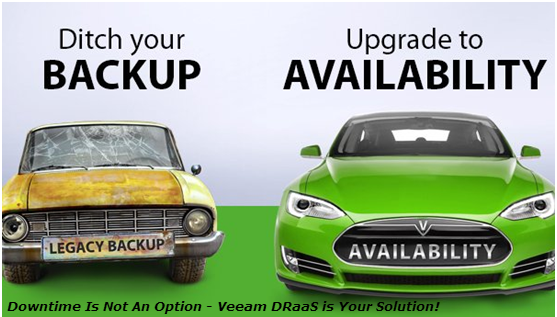Cloud Data Backup is not Cloud Disaster Recovery. One particular misunderstanding among the customers is about cloud backup, storage and disaster recovery. Its mainly due to the misrepresentation by the cloud vendors, and lack of background information on their part.
Many organizations are considering cloud backup because it eliminates tape-based backup technology, automates backups, removes the human capital component and other services like off-site tape storage fees.
Get your facts clear about Cloud Backup, Cloud Storage and Disaster Recovery with a free consultation with Sysfore cloud experts.
Before discussing about the difference, here is the definition of Cloud Storage, Cloud Backup, and Disaster Recovery.
In the beginning stages of disaster recovery planning, decision makers are often mistaken about what constitutes a disaster recovery plan. Many times they are misled by the idea that data backup is sufficient precaution in the event of a disaster.
While having a backup strategy is important, it is not the same as a disaster recovery strategy; rather, the beginning stages of establishing a proper DR plan. A backup is a copy of your data; a disaster recovery plan is insurance that guarantees its recovery.
However, there is a misconception that cloud backups can improve an organization’s recovery time simply because it is a disk-based backup. In reality, it may take you longer than tape to restore.
There are three easy questions to ask to determine if a cloud backup service can work as part of your disaster recovery strategy:
- Can you get your data from where it is in the cloud to where it needs to be for restoration and recovery and still meet your recovery time objective (RTO) requirements?
- Can you perform your disaster recovery using additional cloud services from the same provider thus the data is where it needs to be for restoration and recovery of your critical systems in the cloud?
- Can you regularly test either of these two scenarios (or both) as a part of your contract before locking in a long-term contract with the cloud backup provider you are considering.
So, what makes backups and disaster recovery different?
- Data retention requirements
Backups are typically performed on a daily basis to ensure necessary data retention at a single location, for the single purpose of copying data.
Disaster recovery requires the determination of the RTO (recovery time objective) in order to designate the maximum amount of time the business can be without IT systems post-disaster. Traditionally, the ability to meet a given RTO requires at least one duplicate of the IT infrastructure in a secondary location to allow for replication between the production and DR site.
- Recovery ability
Disaster recovery is the process of failing over your primary environment to an alternate environment that is capable of sustaining your business continuity.
Backups are useful for immediate access in the event of the need to restore a document. It does not facilitate the failover of your total environment should your infrastructure become compromised. They also do not include the physical resources required to bring them online.
- Additional resource needs
A backup is simply a copy of data intended to be restored to the original source.
DR requires a separate production environment where the data can live. All aspects of the current environment should be considered, including physical resources, software, connectivity and security.
- Planning process
Planning a backup routine is relatively simple, since typically the only goals are to meet the RPO (recovery point objective) and data retention requirements.
A complete disaster recovery strategy requires additional planning, including determining which systems are considered mission critical, creating a recovery order and communication process, and most importantly, a way to perform a valid test.
The overall benefits and importance of a DR plan are to mitigate risk and downtime, maintain compliance and avoid outages. Backups serve a simpler purpose. Make sure you know which solution makes sense for your business needs.
Sysfore can clear your misconceptions about Cloud Data Backup and Cloud Disaster Recovery. Get in touch through info@sysfore.com or call us at +91-80-4110-5555.



